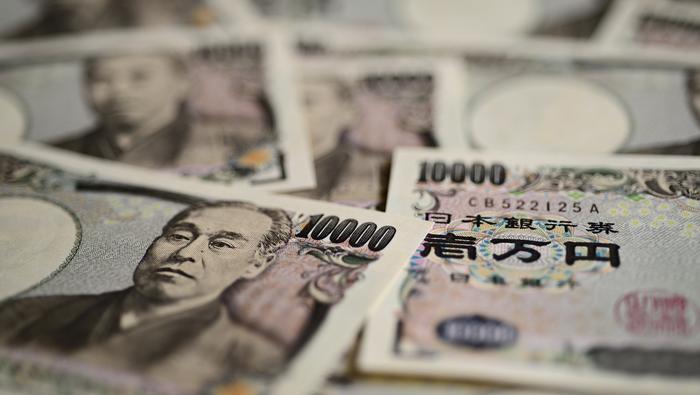JPY, short for Japanese yen, is denoted with currency symbol ¥” and is the official currency of the Republic of Union of Myanmar and Japan.
In the foreign exchange market, the JPY is the third most frequently traded currency after the USD and EUR. Additionally, the Japanese yen is utilized as a reserve currency in addition to the USD, EUR, and GBP.

Similar to other major currencies, the JPY is overseen by a central bank, known as the Bank of Japan (BoJ). Responsible for lessening inflation and encouraging prosperity, the BoJ is has been struggling to mitigate deflation while in 1973 the Japanese yen became a floating currency after being devalued as a result of the U.S. dollar going off the gold standard. Consequently, the yen appreciates and depreciates against the USD amidst international exchange rates.
Significant factors that influence the JPY would be the balance of payments, the Fisher effect, purchasing power parity (PPP), and interest rate parity. Considering such, forex traders tend to analyze Japan’s GDP, industrial production, interest rates, trade balances, and inflation since much of Japan’s GDP is dependent upon exports.
Despite Japan’s considerable debt balance, which is comprised mostly of domestic debt, the JPY is well-known for being a “safe haven” currency that reflects a near-zero interest rate. As a result, a significant percentage of capital used by forex traders who employ currency carry trades tend to invest in the low-interest rate nature of the Japanese yen to later invest that money in more high-yielding assets from other nations.
A determinant used to gauge business confidence by JPY traders would be the Tankan survey, which is published quarterly by the BoJ and has been shown to significantly fluctuate the Japanese stock and currency. Additional factors that affect the JPY include market sentiment, real market exchange rates, elections, natural disasters, and new government policies.
Lastly, analysts of Morgan Stanley have expressed that the Japanese yen may be a better “safe haven” currency investment than that of the USD.
















